
Kendo UI for jQuery
What's New R3 2023
What's New HistoryWhat's New R3 2023
What's New HistoryNew Component: jQuery DockManager
The new Kendo UI for jQuery DockManager is designed to help you recreate a desktop experience on the web, replicating the docks (along with their respective behavior) in desktop applications, such as Visual Studio. Once rendered, the docks can be relocated or attached to certain areas. Additionally, a dock management overlay is available to facilitate specific actions, such as adding the pane to top, right, bottom, or left areas. The component automatically adjusts its layout in response to these actions. If you are looking to migrate from a desktop framework to jQuery, the DockManager component will significantly speed up the process and without breaking the user experience in the meantime.
See the jQuery DockManager demo
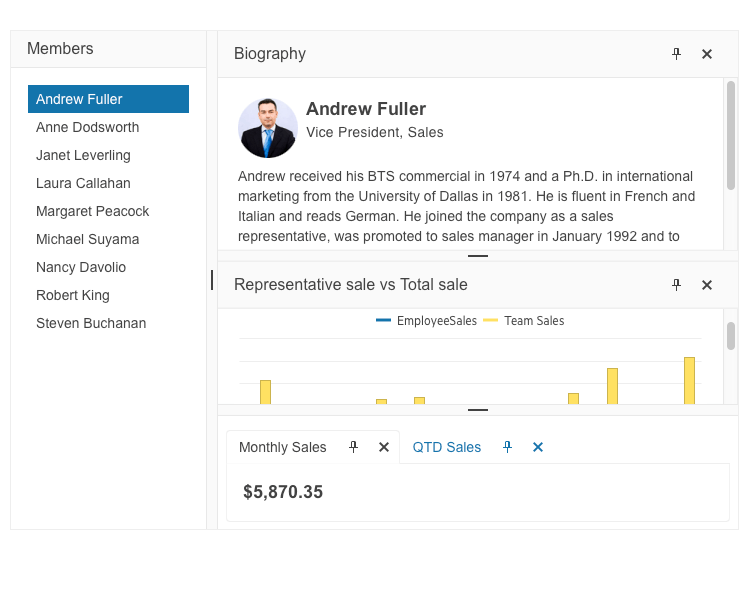
New Component: jQuery Pyramid Chart
The new Kendo UI for jQuery Pyramid Chart visualizes data within a pyramidal structure organized into horizontal segments. It facilitates a different size for each section, effectively illustrating the hierarchy of topics based on the width of each section.
See the jQuery Pyramid Chart demo
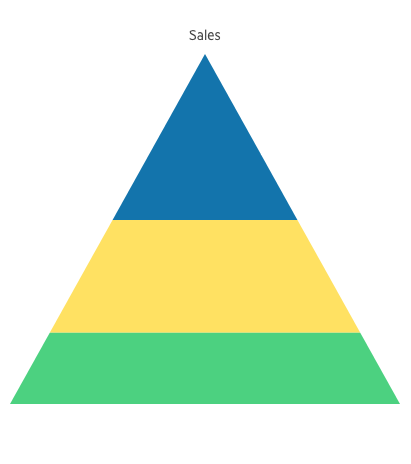
jQuery Grid Enhancement: Context Menu
The Kendo UI for jQuery Data Grid now enables you to display a context menu within the component, providing a convenient way to apply data processing operations to specific rows. By using the context menu, users can easily add, edit, and delete records, select and reorder rows, or export the grid to a PDF or Excel file.
See the jQuery Data Grid Context Menu demo
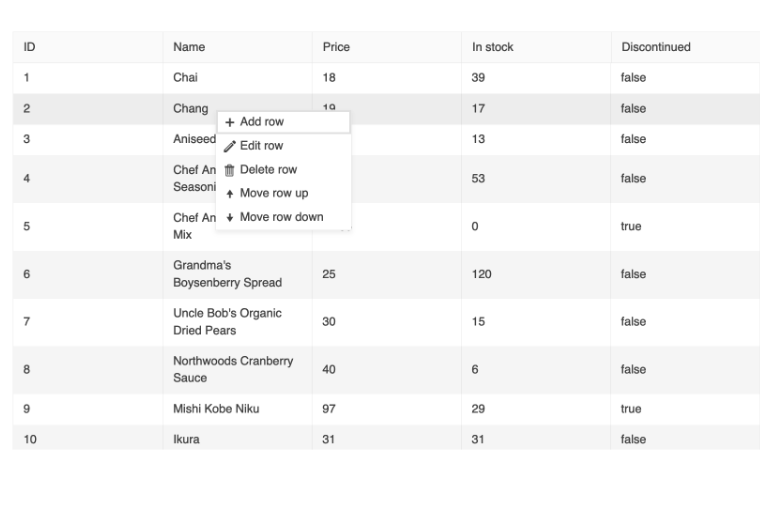
jQuery Grid Enhancement: Tabbed Column Menu
The Kendo UI for jQuery Data Grid now has a tabbed column menu option, offering improved flexibility and a better user experience when managing the column settings within the grid.
See the jQuery Tabbed Column Menu demo
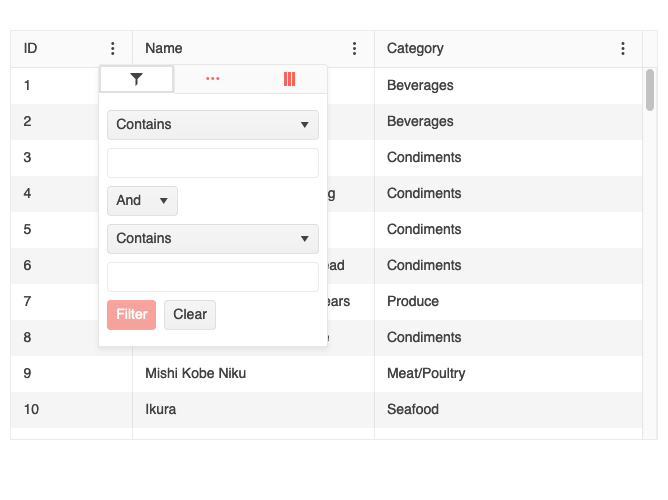
jQuery Grid Enhancement: Row and Column Spanning
The Kendo UI for jQuery Data Grid is now enriched with the ability to span a cell between multiple rows, as well as to span multiple columns.
See the jQuery Data Grid Row and Column Spanning demo
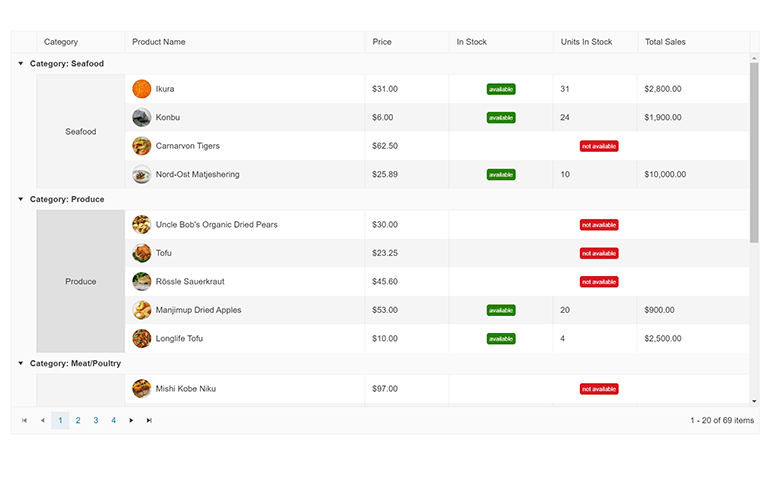
jQuery Grid Enhancement: Draggable Interaction Alternatives
With this update, we have made a significant enhancement to our Grid component, offering users a more accessible experience with single pointer operations. This enhancement aligns perfectly with the upcoming WCAG 2.2. compliance, reaffirming our commitment to accessibility.
See the jQuery Grid Draggable Interaction Alternatives demo

jQuery Charts Enhancement: Trendlines
The Kendo UI for jQuery Charts now support Trend Lines – automatically generated indicators that illustrate data trends over time. The linear trendline, for example, demonstrates if a particular quantity is increasing or decreasing over time. The moving average trendline, on the other hand, is used to smooth out the variations in data by averaging all points in a certain period of time.
See the jQuery Charts Trend Lines demo
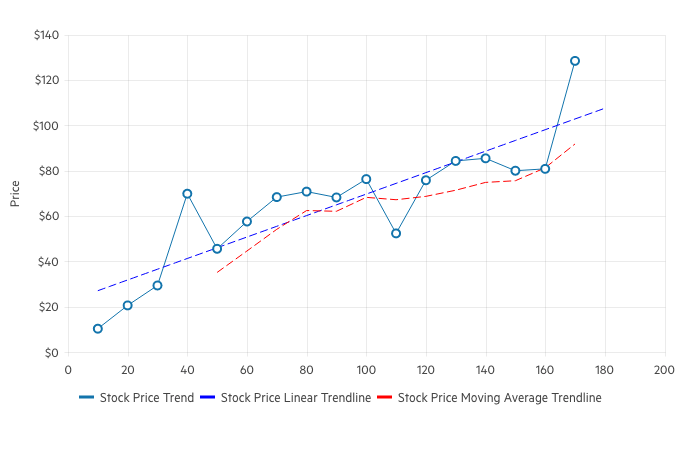
jQuery Charts Enhancement: Drilldown
The Kendo UI for jQuery Charts are now enriched with a drilldown functionality, enabling users to deep dive into specific data. With the drilldown feature, users can click on a specific chart element, such as bar or pie segment, and navigate to a different view containing more detailed data about the selected item, such as breakdown by product.
See the jQuery Drilldown Charts demo
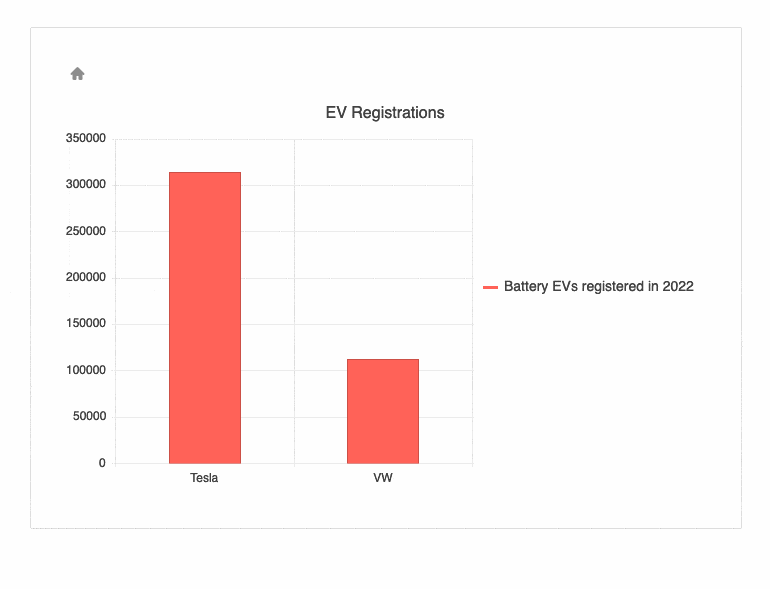
Strict Content Security Policy (CSP) Compliance
One of our goals in 2023 was to improve the Telerik and Kendo UI products’ quality, theming mechanism, and Content Security Policy (CSP) compliance. What strict CSP app settings do is prevent hackers from using HTML injection flaws to force the browser to execute a malicious script. This policy is especially effective against cross-site scripting attacks. Here is what we did so far to ensure strict CSP compliance in Kendo UI for Angular:
With R1 2023, we introduced and started incorporating SVG icons into the Kendo UI products.
With R2 2023, we changed the default type of icons in the Kendo UI libraries and components from font to SVG.
Now with R3 2023, we’re extracting the Font icons as a separate package and detaching the inline font declaration from the Kendo UI themes.
The themes will continue to support both font and SVG icons in components, thus allowing you to decide which type of icons to take advantage of. However, using the font icons will require a separate stylesheet to be referenced by clients.
This third and last step allows us to provide customers with a more secure and efficient icon system and the option to load and reference only needed resources.
Check out the dedicated blog post to find more information on the strategy for improving Telerik and Kendo UI web component libraries by moving from font to SVG icons.
Accessibility Improvements Across Telerik and Kendo UI
We continue our efforts to improve the overall accessibility of Telerik and Kendo UI web components, now ensuring compliance with WAI-ARIA, Section 508, WCAG, including the just released WCAG 2.2 standard. Being compliant with the new WCAG 2.2 standard means that Telerik and Kendo UI products have covered the mandatory requirements for Minimum Target Size and Navigable Guidelines through default theme accessibility swatch and large size of our components. To meet the Dragging Movement Criteria, we have flexible APIs or built-in functionality. Check out the blog post highlighting what’s new in WCAG 2.2.

Enhanced Design System Documentation
One of the key release items in R2 2023 was the launch of a dedicated Design System documentation site, which offers a wide range of resources, design assets and front-end documentation specifically tailored for the Telerik and Kendo UI libraries. With R3 2023, we have expanded Design System Support by having more components like MultiSelectTree, DateInput, ChipList, Window, Dialog, Editor, ListView, ListBox, MultiColumnComboBox, Filter, etc. meticulously detailed in the Design System documentation.
Our ongoing dedication is to expand this site further, aiming to provide you with all the necessary tools to craft seamless and visually captivating digital experiences and design systems utilizing the power of Telerik and Kendo UI component libraries.
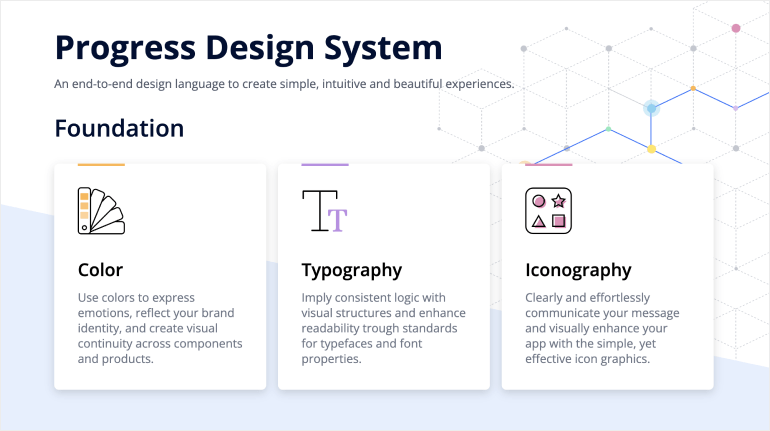
Keyboard Navigation Improvements
In this update, we've taken substantial steps to improve keyboard navigation for the jQuery TreeList, Gantt, PivotGrid, and Filter components. Users can effortlessly unlock the full array of features by simply using their keyboards.
See the jQuery TreeList Keyboard Navigation demo as an example
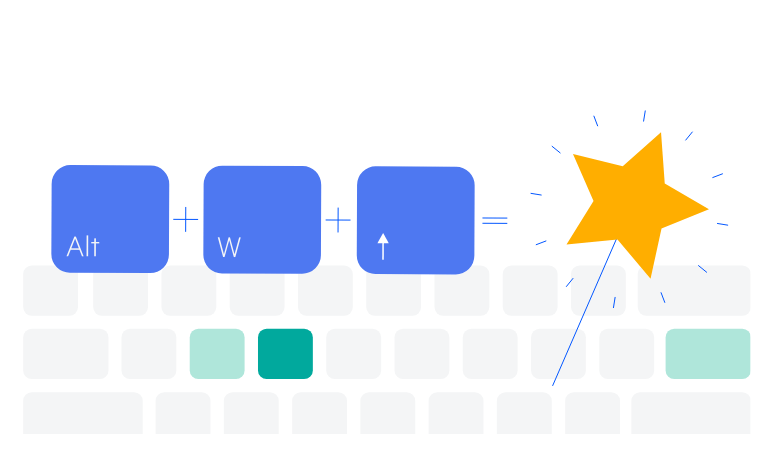
Kendo UI for jQuery - R3 2023
- New Component: jQuery DockManager
- New Component: jQuery Pyramid Chart
- jQuery Grid Enhancement: Context Menu
- jQuery Grid Enhancement: Tabbed Column Menu
- jQuery Grid Enhancement: Row and Column Spanning
- jQuery Grid Enhancement: Draggable Interaction Alternatives
- jQuery Charts Enhancement: Trendlines
- jQuery Charts Enhancement: Drilldown
- Strict Content Security Policy (CSP) Compliance
- Accessibility Improvements Across Telerik and Kendo UI
- Enhanced Design System Documentation
- Keyboard Navigation Improvements



